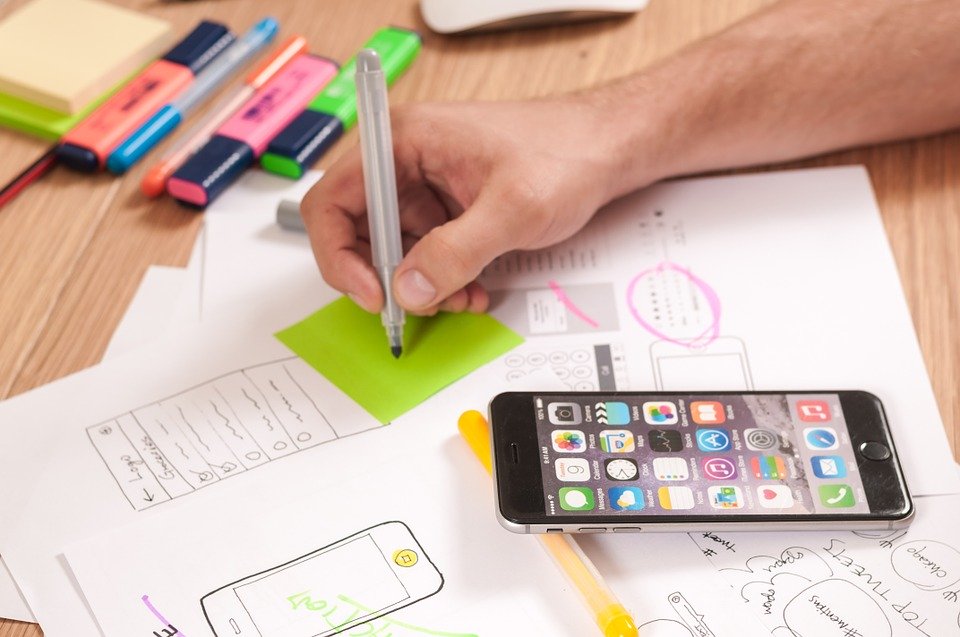If you’re now teaching at home, it’s possible you may have come up against the odd hurdle. After all, teachers have training and time to prepare their lessons – a lot of people are being thrown in the deep end. Here are five ways you can go about planning lessons at home – don’t forget to get in touch if we can help!
Take advantage of what you have at home
My number one tip would be to not try and recreate a lesson from a classroom, but rather to work with what you have at home. This might be using the kitchen for everything from food tech to science lessons and using the garden for biology, environmental studies, PE… the list goes on. Start with the obvious: think about what books and activities you have at home than can be used and that will keep your children entertained. Once you’ve got those readily available you can build from there and things can be re-purposed: seeds can be used to spark a nature diary, tax return forms can be used to teach maths, empty bottles can be painted… it all depends on the age, ability and interests of your child. We all need to stay in for the moment so look around and work with what you have.
Plan enough for an hour and keep changing subjects
Lessons at school are normally for an hour and you keep changing subjects throughout the day – if possible, keep to that routine. If things run over then you have flexibility to let that happen but generally, attention spans start to wane after that time, so it’s a good idea to plan an hour at a time. (Also, as far ahead as most of us realistically can plan at the moment!) This might be an hours reading, an hour on a maths game or app, a break for baking, tracing and colouring a map of a county they’d like to visit, taking a science quiz… or it could be something slightly more involved.
Break the lesson up in different ways
If you have more time to spend with your child while they’re working, then there are lots of different ways you can break up lessons. The traditional lesson format was to teach a subject, give them a couple of questions you could look at together, mark them, re-explain if needed and then set them off an activity. That still works for some children, some of the time. However, you could also try getting them to teach you something that they’re really good at or have just learnt at school. They could act something out rather than writing it down. Or, they could make a little video teaching someone else what they’ve just learnt (these could even be shared amongst friendship groups!)
Check for understanding
It’s really important to make sure that children are actually absorbing the information that you’re imparting to them. There are lots of different ways that you can check for understanding! There’s the classic method: through a little exam, test or quiz. Then there are slightly more relaxed methods: getting children to teach something back to you or to someone else, getting them to apply what they learnt later in a different context (the best way if you can make it work!!) or coming back to it another day and seeing how they do with a fresh activity.
Get a tutor in to help you
If in doubt, our team of educational professionals are always here to help you with lesson plans, educational content and, of course, the teaching itself. Our tutors are all experienced at tailoring lessons to individual needs and, now more than ever, we’re here to help support your child’s academic journey through this challenging time. If you’d like to know more then please get in touch at joanna@choicehometutoring.co.uk I’m always happy to discuss different options for how we can support people’s studies.


